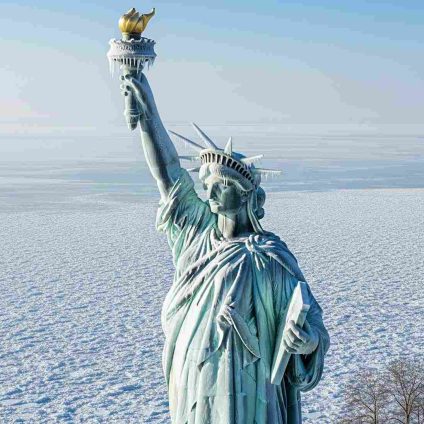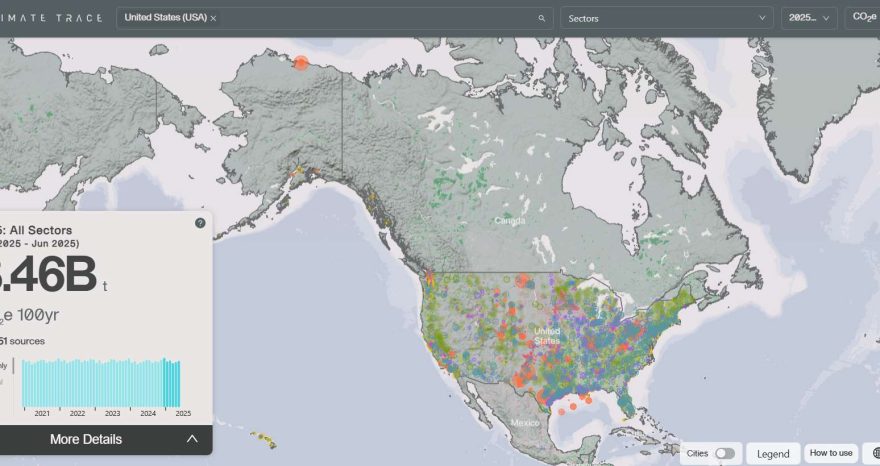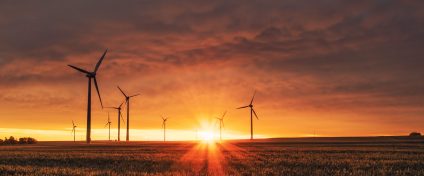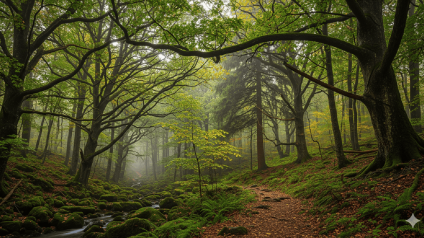Despite rising global temperatures, brutal cold snaps continue to strike the U.S. A new study reveals how a shifting polar vortex drives these extremes.
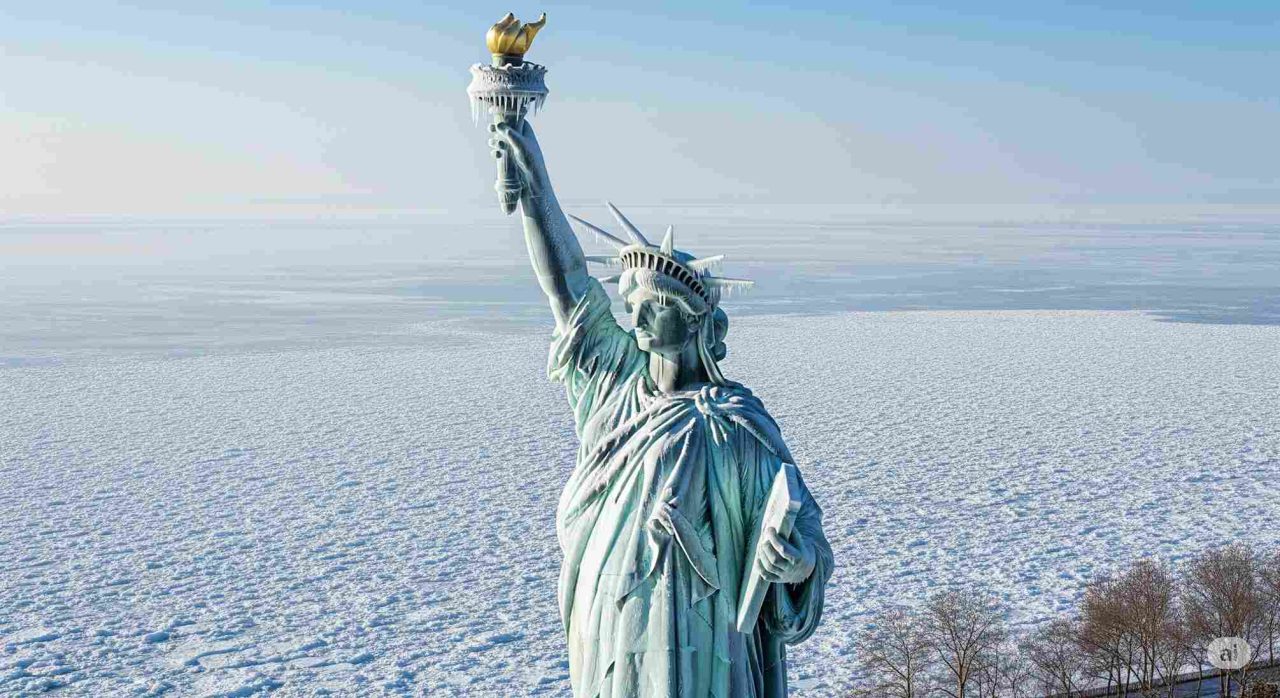
When freezing weather defies the forecast
While average winter temperatures keep rising, the United States continues to face brutal cold waves. A new international study explains why extreme cold persists in many parts of the country, even as the global climate warms. The research highlights that the average U.S. winter is getting milder, but cold spells are growing fiercer and more frequent.
The mechanics of extreme cold in the U.S.
Researchers have identified two distinct patterns in the polar vortex, a large mass of cold air in the stratosphere, that push Arctic air across different parts of the country. One pattern sends frigid air toward the northern and western U.S., while the other targets the central and eastern regions. Since 2015, changes in stratospheric behavior have brought more cold waves to the western and northern states, driven by shifts in broader climate cycles. What happens above the Arctic, it turns out, helps shape winter temperatures across the U.S.
Published in Science Advances, the study sheds light on how freezing temperatures can coexist with worsening global warming. “People often hear about the polar vortex when winter gets harsh, but we wanted to better understand how changes within the vortex determine where and when extreme cold happens,” the researchers told Science Daily.
The team identified two specific variations of the polar vortex, both tied to what scientists describe as an “elongated vortex,” a deformation in atmospheric circulation that triggers unusual weather events. One variant pushes the vortex toward western Canada, allowing intense cold to hit the northwestern U.S. The other drives it toward the North Atlantic, chilling central and eastern states. These variations are linked to changes in how atmospheric waves travel around the globe, pulling Arctic air far southward.
The other side of climate change
One of the study’s most important findings is that since 2015, much of the northern and western U.S. has experienced colder winters, counter to the overall warming trend. Researchers link this to more frequent westward shifts of the Arctic vortex, especially during the strongest negative phases of the El Niño–Southern Oscillation (ENSO) climate phenomenon.
“Climate change doesn’t mean it gets warmer everywhere all the time. It also leads to more complex, sometimes counterintuitive changes, including extreme cold,” the scientists explained.
The findings help explain recent cold outbreaks in places like Montana, the Great Plains, and even Texas. The February 2021 freeze was particularly devastating, with major losses in both lives and infrastructure. Meanwhile, other areas may experience milder winters. Understanding how the stratosphere shapes weather patterns could lead to more accurate long-term forecasts, helping cities, power grids, and farmers better prepare for the next freeze, even in a warming world.


